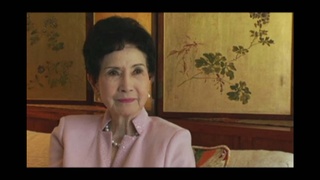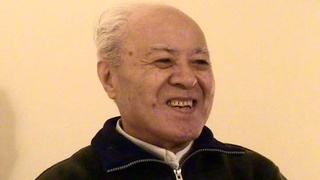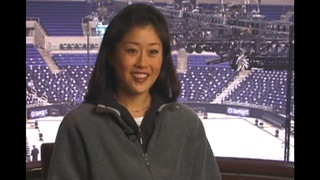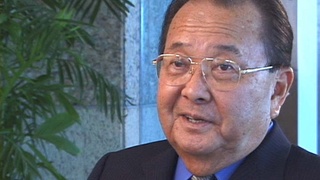Interviews
Surviving after father's death
Life changed drastically when my father died. Until then, we had a fairly comfortable life. And so my mother, she was pregnant with her ninth child. My father was 63 and my mother was 39. You can see the age difference. And so, she had to work immediately, but she was pregnant. And she couldn’t speak any English or understand English. So, she thought maybe she could work as a domestic. Usually many women worked on the plantation for the Caucasian families—maids. But, in her condition and with so many children—eight children—she couldn’t work as a maid because she couldn’t speak English. And so she finally took in laundry from the plantation bachelors. And because the Filipino people lived nearby, that was her livelihood. We really owe it to them that we were able to survive.
And it was interesting how the plantation manager, the assistant, when a person became a widow, they would give $15 a month pension. And so, in my mother’s situation, because she had such a large family, a relative who was a supervisor for the irrigation group approached the manager and told him the situation that, “How can Mrs. Oyama, with eight children—and she’s expecting her ninth child—how can she survive with $15 a month?” So the manager, Mr. Lorenge(?), was very compassionate. Was it Mr. Lorenge? Anyway, they gave her $25 a month. And they gave my mother a choice that, “Would you rather have a $1000 to cover expenses for the funeral and immediate expenses to survive, or $25 until the baby whose born would reach a social security age?” So my mother was very wise. She had only a third grade education back in the village. But, she thought it was better to receive the $25 a month. And so, that really helped her with taking laundry and all that. Somehow, we survived.
Date: February 19, 2004
Location: Hawai'i, US
Interviewer: Lisa Itagaki, Krissy Kim
Contributed by: Watase Media Arts Center, Japanese American National Museum.










